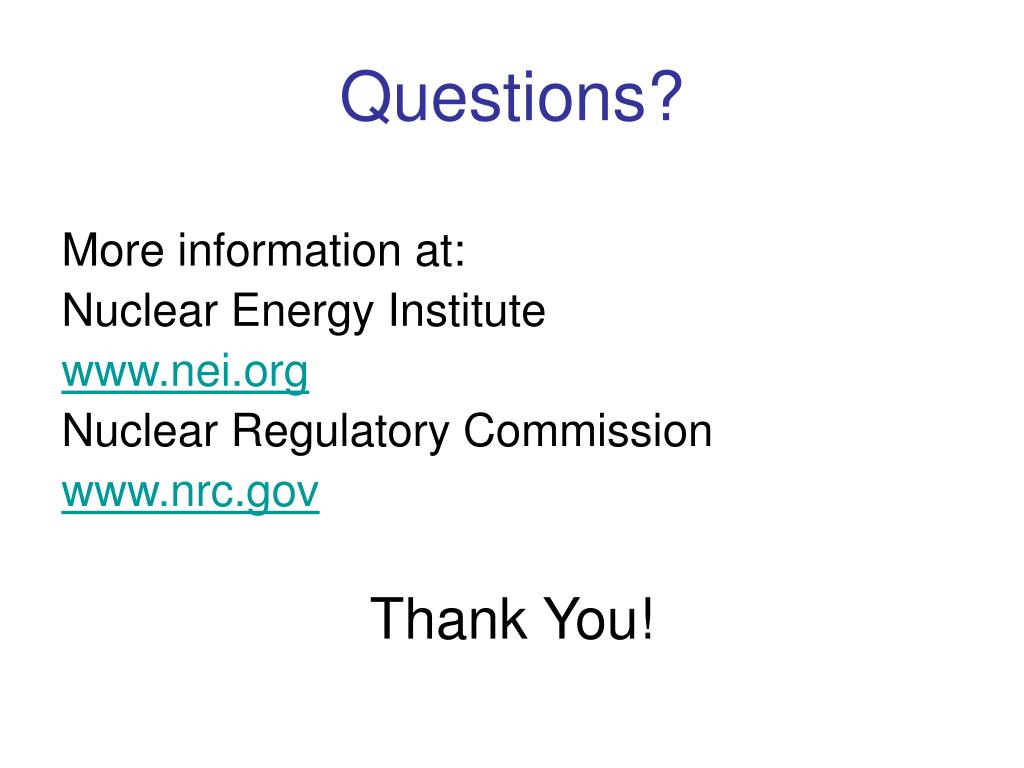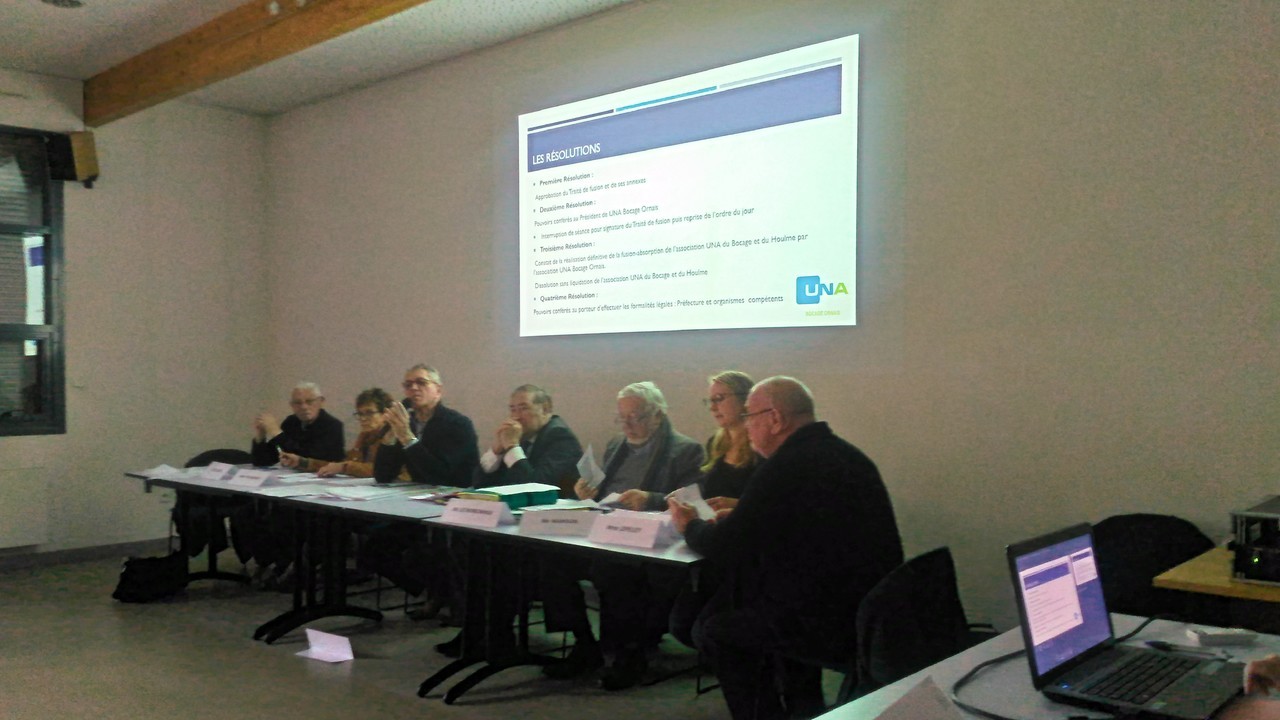Reactor Power Uprate: Essential Considerations For A Successful Application

Table of Contents
Regulatory Compliance and Licensing
A successful reactor power uprate hinges on strict adherence to all relevant regulations and obtaining the necessary licenses. Navigating the regulatory landscape is a crucial first step, demanding thorough preparation and meticulous attention to detail. Failure to comply can result in significant delays and even project abandonment.
Regulatory Approvals
Securing the necessary permits and approvals from regulatory bodies is paramount. The specific requirements vary depending on geographical location. For instance, in the United States, the Nuclear Regulatory Commission (NRC) plays a central role. Other countries have equivalent regulatory bodies with their own specific procedures.
- Application Process: The application process typically involves submitting detailed documentation outlining the proposed uprate, including safety analyses, technical specifications, and operational plans.
- Documentation Requirements: Comprehensive documentation is crucial, demonstrating a thorough understanding of the reactor's systems and the impact of the power increase. This might include updated design drawings, safety analysis reports, and emergency preparedness plans.
- Inspection Schedules: Regulatory bodies will conduct inspections throughout the process to verify compliance with safety regulations and licensing requirements. These inspections can range from initial site visits to ongoing monitoring after the uprate is complete.
- Timeline Expectations: The regulatory approval process can be lengthy, often taking several years. Accurate timeline expectations are crucial for effective project management.
Safety Analysis Reports
Comprehensive safety analysis reports are critical, demonstrating that the reactor will continue to operate safely and reliably at the increased power level. These reports must meticulously address all potential safety concerns.
- Stress Analysis: Analysis of the structural integrity of reactor components under increased operating conditions.
- Thermal-Hydraulic Analysis: Evaluation of the reactor's cooling system capacity to handle the higher heat generation rates.
- Probabilistic Risk Assessment (PRA): A quantitative assessment of the risk of accidents and their potential consequences.
- Emergency Preparedness Plans: Detailed plans for handling potential emergencies, including updated evacuation procedures and response strategies.
Technical Assessments and Upgrades
A successful reactor power uprate demands a thorough understanding of the reactor's capabilities and limitations. This requires extensive technical assessments and, in many cases, significant plant upgrades.
Plant Equipment Assessment
Existing plant equipment must be evaluated to ensure it can safely handle the increased power output. This might reveal the need for upgrades or replacements.
- Turbine Upgrades: Turbines may require upgrades to handle the increased steam flow from the reactor.
- Generator Upgrades: Generators may need enhancements to handle the increased electrical output.
- Cooling System Capacity: The cooling system needs sufficient capacity to remove the additional heat generated at the higher power level. This might involve expanding cooling towers or improving heat exchanger efficiency.
- Instrumentation and Control Systems Review: Instrumentation and control systems require review and potential upgrades to ensure accurate monitoring and control at the higher power level.
Core Physics Analysis
Detailed core physics analysis is essential to predict the reactor's behavior at the higher power level. This analysis ensures safe and efficient operation.
- Fuel Performance Analysis: Evaluation of fuel rod behavior under increased power and burnup conditions.
- Neutron Flux Calculations: Precise calculations of neutron flux distribution within the reactor core.
- Burnup Analysis: Analysis of fuel burnup rates and the impact on reactor performance.
- Control Rod Worth Calculations: Calculations of the effectiveness of control rods in regulating the reactor's power level.
Operational Readiness and Training
A smooth transition to the higher power level requires a highly skilled and well-trained workforce. Comprehensive training programs and updated operational procedures are crucial for success.
Personnel Training Programs
Operators, engineers, and maintenance personnel require extensive training to safely operate the reactor at the upgraded power level.
- Simulator Training: Use of advanced simulators to provide realistic training scenarios.
- On-site Training: Hands-on training on the actual reactor systems.
- Procedural Updates: Revisions to operating procedures to reflect changes related to increased power output.
- Emergency Response Drills: Regular drills to prepare for potential emergencies at the higher power level.
Operational Procedures and Protocols
Updated operational procedures and protocols are essential to ensure safe and efficient operation at the increased power output.
- Start-up Procedures: Revised procedures for safely starting the reactor at the higher power level.
- Shutdown Procedures: Updated procedures for safely shutting down the reactor at the higher power level.
- Load-Following Procedures: Procedures for efficiently adjusting the reactor's power output to meet fluctuating energy demands.
- Maintenance Schedules: Revised maintenance schedules to account for the increased operating demands.
Economic and Financial Considerations
A thorough financial analysis is crucial before embarking on a reactor power uprate project. The potential return on investment must justify the costs involved.
Cost-Benefit Analysis
A detailed cost-benefit analysis determines the economic feasibility of the project.
- Capital Costs: Costs associated with plant upgrades and modifications.
- Operating Costs: Increased operating costs associated with higher power generation.
- Increased Power Generation Revenue: Projected increase in revenue from higher power output.
- Return on Investment (ROI): Assessment of the overall return on investment.
Funding and Financing
Securing sufficient funding is critical for a successful reactor power uprate.
- Internal Funding: Funding from the plant's operating budget.
- External Financing: Loans or other financing from external sources.
- Government Grants: Potential government funding or incentives.
- Private Investment: Investment from private equity firms or other investors.
Conclusion
Successfully implementing a reactor power uprate requires a multifaceted approach encompassing regulatory compliance, thorough technical assessments, comprehensive training, and a sound economic foundation. By meticulously addressing each of these essential considerations, nuclear power plants can safely and efficiently increase their power output, maximizing energy production and achieving a significant return on investment. If you’re considering a reactor power uprate, careful planning and attention to detail are paramount. Contact our experts today to learn more about how we can assist you with your reactor power uprate application and help you navigate the complexities of this important undertaking.

Featured Posts
-
 Kycklingnuggets Med Majsflingor Krispiga And Laettlagade Med Asiatisk Kalsallad
May 01, 2025
Kycklingnuggets Med Majsflingor Krispiga And Laettlagade Med Asiatisk Kalsallad
May 01, 2025 -
 Priscilla Pointer 100 Dies A Legacy In Film And Television
May 01, 2025
Priscilla Pointer 100 Dies A Legacy In Film And Television
May 01, 2025 -
 De Bio Based Basisschool Noodzaak Van Noodstroomvoorzieningen
May 01, 2025
De Bio Based Basisschool Noodzaak Van Noodstroomvoorzieningen
May 01, 2025 -
 Voyage A Velo Trois Jeunes Du Bocage Ornais Relevent Un Defi De 8000 Km
May 01, 2025
Voyage A Velo Trois Jeunes Du Bocage Ornais Relevent Un Defi De 8000 Km
May 01, 2025 -
 Love Lifts Arizona Over Texas Tech In Big 12 Semifinals
May 01, 2025
Love Lifts Arizona Over Texas Tech In Big 12 Semifinals
May 01, 2025
Latest Posts
-
 Veteran Actress Priscilla Pointer Amy Irvings Mother Dead At 100
May 01, 2025
Veteran Actress Priscilla Pointer Amy Irvings Mother Dead At 100
May 01, 2025 -
 Priscilla Pointer Carrie Actress And Amy Irvings Mother Passes Away At 100
May 01, 2025
Priscilla Pointer Carrie Actress And Amy Irvings Mother Passes Away At 100
May 01, 2025 -
 100 Year Old Actress Priscilla Pointer Known For Carrie Passes Away
May 01, 2025
100 Year Old Actress Priscilla Pointer Known For Carrie Passes Away
May 01, 2025 -
 Death Of Priscilla Pointer Actress And Mother Of Amy Irving Aged 100
May 01, 2025
Death Of Priscilla Pointer Actress And Mother Of Amy Irving Aged 100
May 01, 2025 -
 Actress Priscilla Pointer Star Of Carrie Dead At 100
May 01, 2025
Actress Priscilla Pointer Star Of Carrie Dead At 100
May 01, 2025
